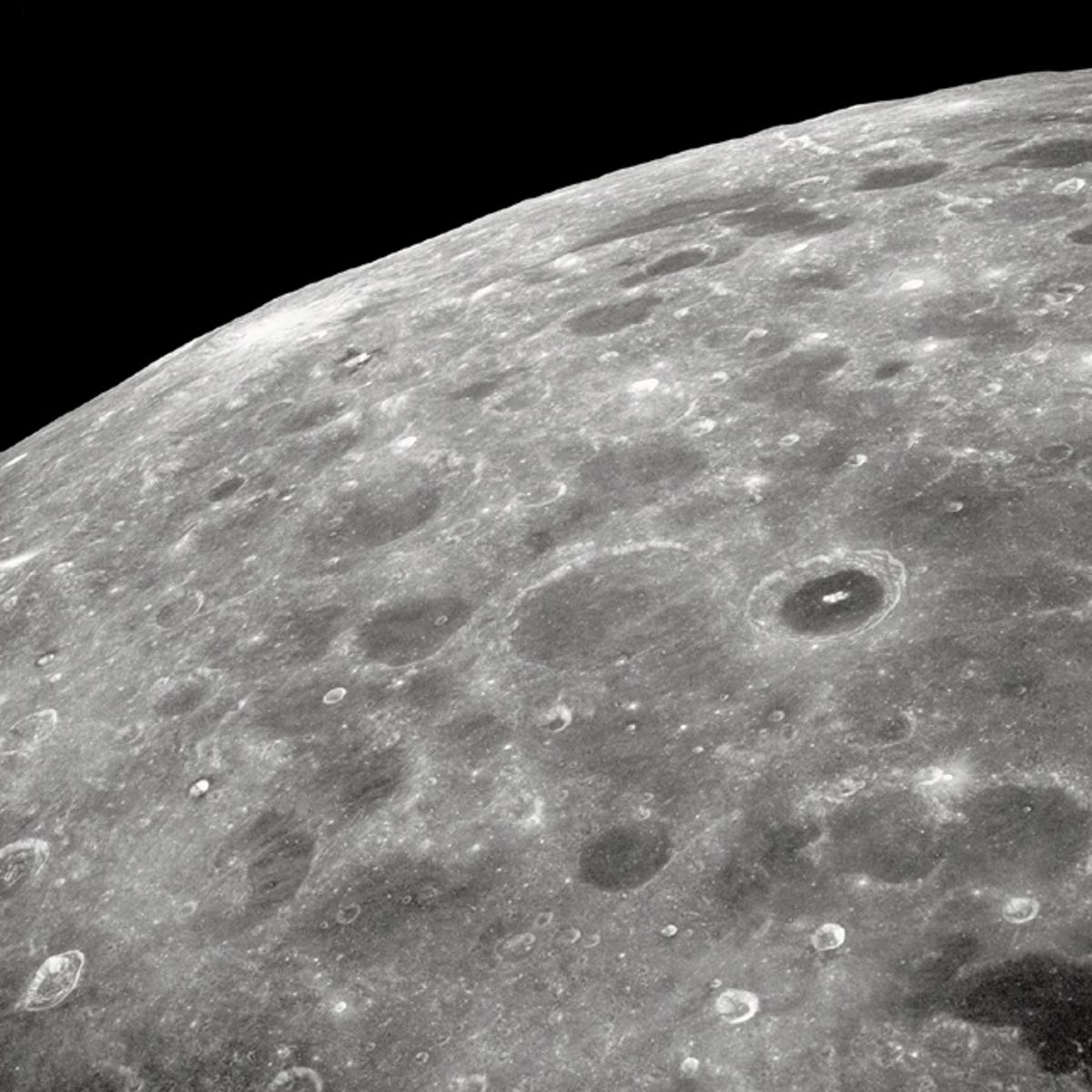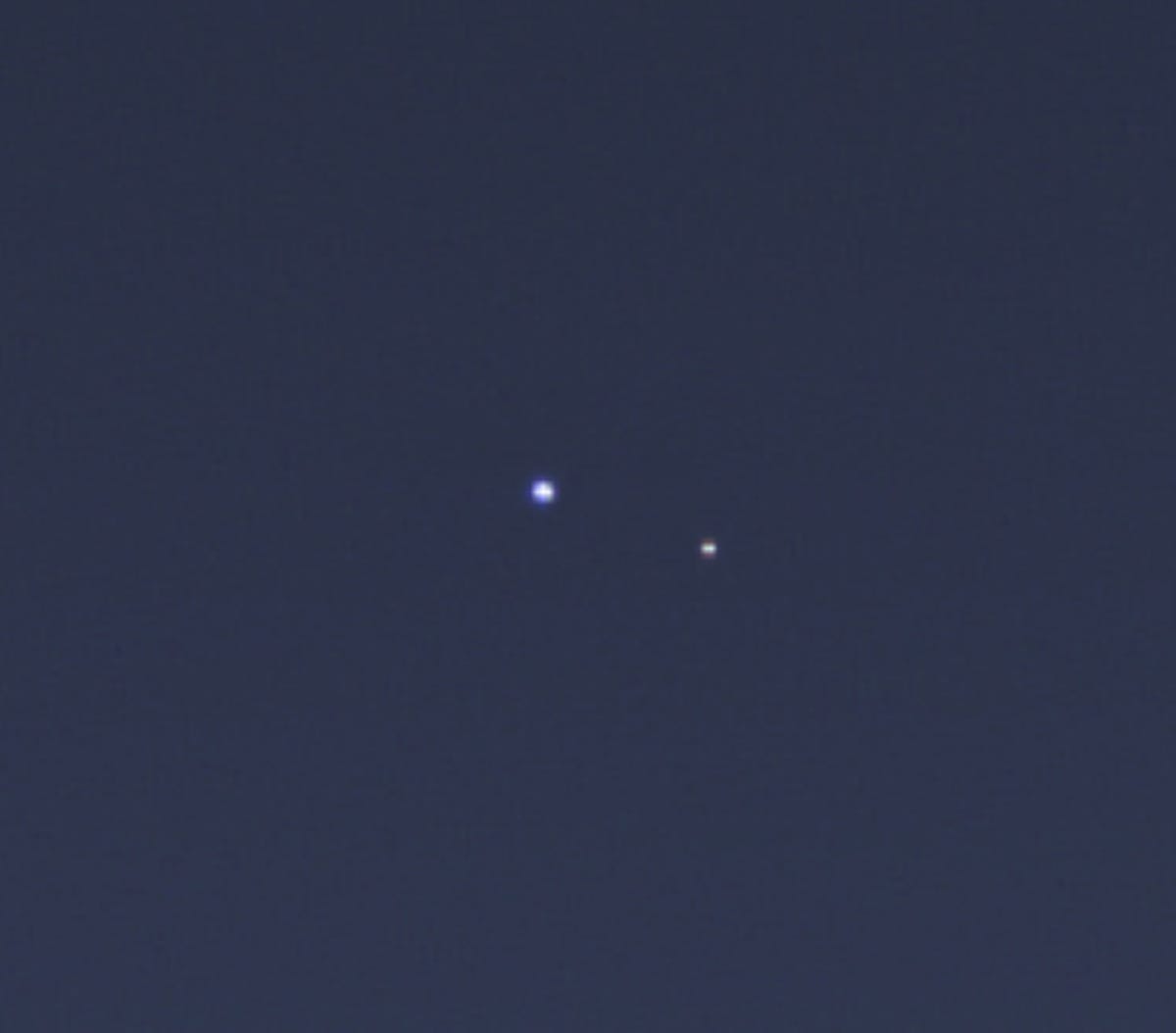Memorable moon photos from NASA and beyond (pictures)
From the far side of the moon to an Earthrise from 1966, revel in this mesmerizing archive of beautiful and enigmatic lunar photography.

Behold the lunar far side
The moon has been an object of human fascination for as long as people have looked to the sky. Photos by NASA shutterbugs and other astrophotographers highlight the beauty and science of our only natural satellite.
Cartoonist Gary Larson would appreciate this photo of the far side of the moon taken during NASA's Apollo 8 mission in 1968. NASA notes it was "the first time anyone observed the far side of the moon firsthand." Apollo 8 became the first manned spacecraft to leave Earth's gravity as it traveled on its way to the moon.
The moon seen by an HTC One
Photographer Luke Gruenert captured this detailed image of the moon using an HTC One smartphone. The impressive feat followed 700 hours of preparation involving building a binocular telescope. The complex device makes it look like the moon is popping out in 3D. This photo was captured using only the left eyepiece of the telescope.
The moon from the space station
The Expedition 28 crew aboard the International Space Station took this photo of the moon in 2011. The colorful image shows layers of the Earth's atmosphere. The troposphere appears in orange and the bottom of the moon is lit up in a glowing sliver.
Volcanoes on the moon
Scientists originally thought volcanic activity on the moon finished up around 1 billion to 1.5 billion years ago, but evidence revealed in 2014 may point to more recent activity. NASA's Lunar Reconnaissance Orbiter spotted some irregular patches on the moon's surface, which may be caused by small basaltic eruptions that could be a mere 100 million years old.
Eagle leaves the moon in 1969
The Apollo 11 lunar module known as "Eagle" returns from the moon's surface to dock with the command module during the historic 1969 moon mission. A partially illuminated Earth hangs in the darkness behind the barren moonscape. The Apollo 11 spaceflight marked the first time a man stepped on the moon when Neil Armstrong walked on the lunar surface.
See you on the near side of the moon
Pink Floyd may be obsessed with the dark side of the moon, but the near side is easier to see here on Earth. NASA stitched together Lunar Reconnaissance Orbiter images into this mosaic of the moon's near side. The images were gathered in late 2010 over the course of two weeks.

Our moon seen from Saturn
This image might not look like much more than a couple of small blobs suspended in darkness, but it's actually a very cool shot of the Earth and moon as seen from Saturn. NASA's Cassini spacecraft took the picture while in orbit around Saturn in 2013. According to NASA, it was "only the third time ever that our planet has been imaged from the outer solar system."
Revving up a moon rover
Riding a rover on the moon is probably exactly as fun as it looks. This image from the lunar surface in 1972 shows Apollo 17 commander Eugene Cernan taking a lunar rover for a test drive prior to exploration. Apollo 17 was the last of the Apollo missions.
Earthrise as seen from the moon
NASA's Lunar Orbiter 1 looked back from near the moon in 1966 and saw the Earth rising. The unmanned spacecraft took the first photos of the Earth as seen from the moon's vicinity. This version of the image was remastered from original data and released in 2011.
Can you spot the space station?
The tiny "Z"-shaped silhouette near the upper right center of this moon image was created by the International Space Station. The ISS transited the moon on August 2 and NASA photographer Bill Ingalls was able to catch a rare shot of the station in front of our only natural satellite. It comes not long after Australian astrophotographer Dylan O'Donnell managed to capture the ISS in front of a full moon.
North pole on the moon
The moon's north pole isn't a snow-covered wonderland like Earth's. NASA's Lunar Reconnaissance Orbiter got a good look at our satellite's cratered northern region. This image is a mosaic made up of 983 images.

